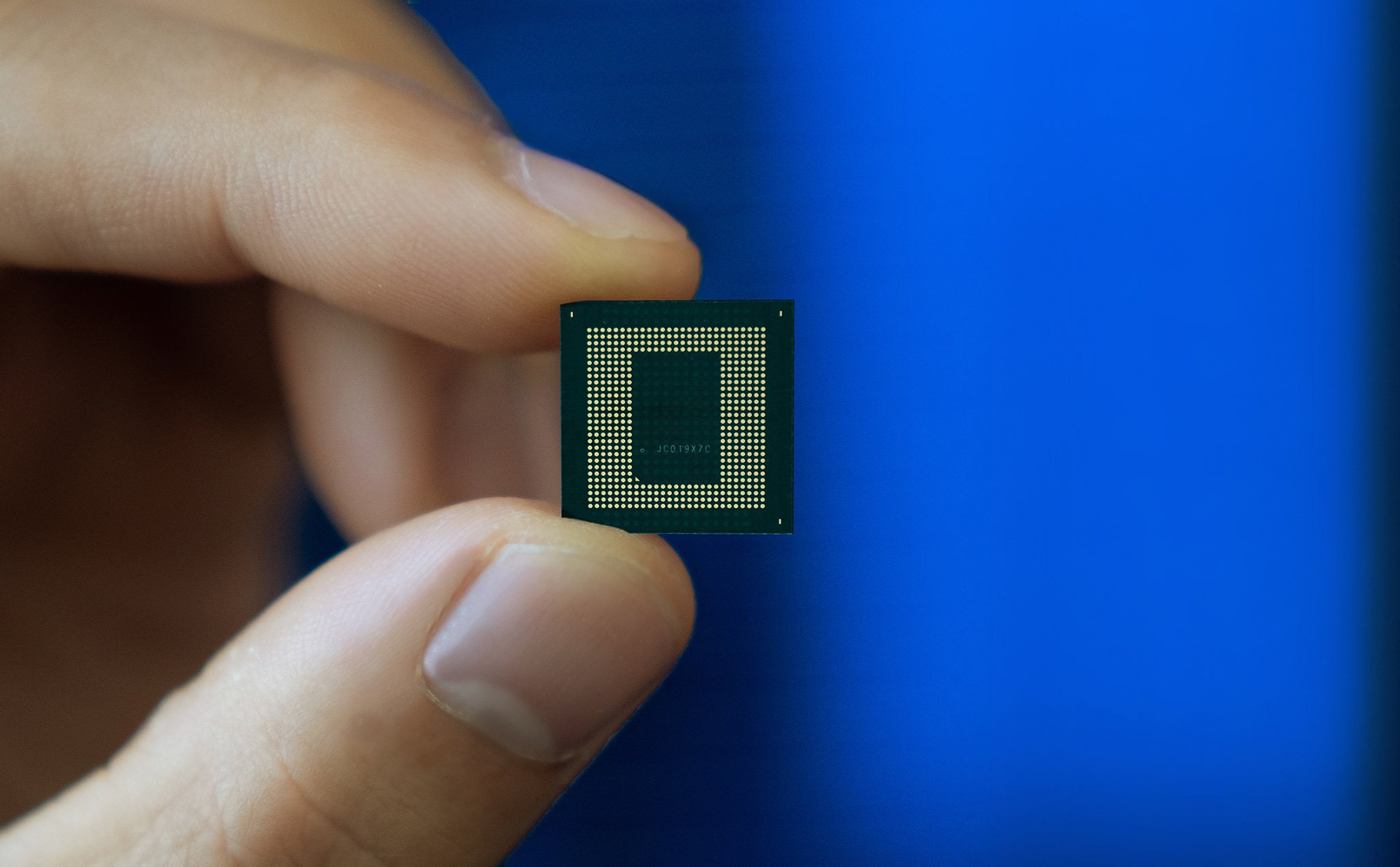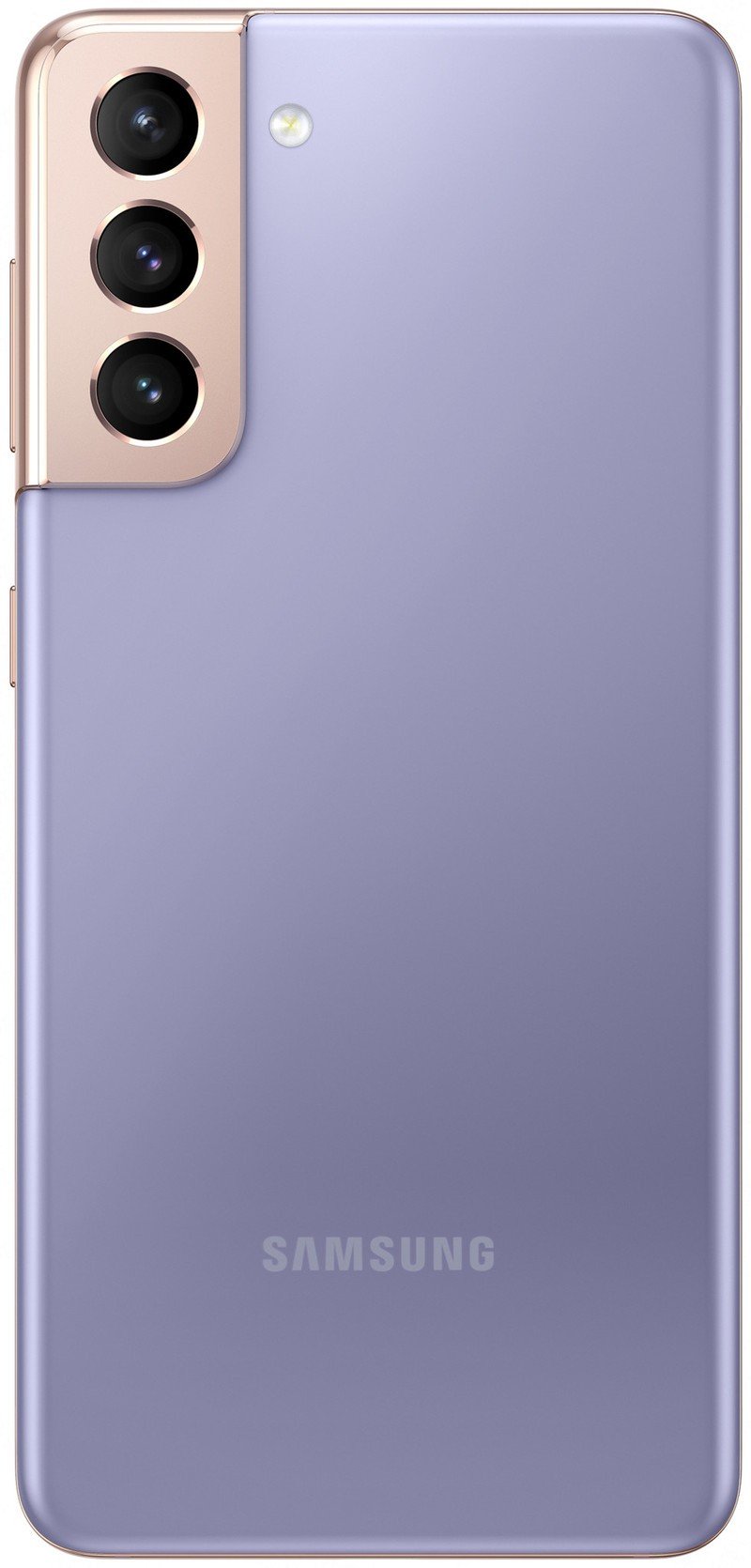Snapdragon 870 vs. Snapdragon 888 vs. Snapdragon 865: What's the difference?

Qualcomm announced the Snapdragon 888 at the end of last year, and it is following up the chipset with a new launch in the 800 series, the Snapdragon 870. We don't usually get two new chipsets in the same series, but it's clear that Qualcomm is switching up its strategy for 2021.
With the Snapdragon 888 ending up in the best Android phones in 2021, the Snapdragon 870 is likely to be positioned as the ideal platform for value flagships. That line of thought bears out when we look at the manufacturers that will launch phones powered by the Snapdragon 870: Motorola, iQOO, OnePlus, OPPO, and Xiaomi.
The Snapdragon 870 is identical to the 865+ — and it has a lot to offer in 2021.
As for the chipset itself, it is nearly identical to the Snapdragon 865+, which debuted back in July 2020. Qualcomm is effectively taking a higher-binned version of the Snapdragon 865+ — a variant with higher clocks — and rebadging it as the Snapdragon 870. Qualcomm's internal naming convention confirms this: the regular Snapdragon 865 has the codename SM8250, with the Snapdragon 865+ dubbed SM8250-AB. The Snapdragon 870 has the codename SM8250-AC, suggesting that it is a derivative of the Snapdragon 865+.
Why is Qualcomm doing this? The Snapdragon 865+ didn't really gain much momentum with device vendors last year, with the OnePlus 8T and Xiaomi Mi 10T series sticking with the regular Snapdragon 865. So for 2021, Qualcomm is changing the name and positioning the Snapdragon 870 as a more affordable version of the Snapdragon 888.
So let's take a look at what you're getting with the Snapdragon 870 and how it differs to the Snapdragon 888.
Snapdragon 870 vs. Snapdragon 888 vs. 865+
| Category | Snapdragon 865+ | Snapdragon 870 | Snapdragon 888 |
|---|---|---|---|
| CPU Cores | 1 x 3.1GHz Cortex A77 3 x 2.42GHz Cortex A77 4 x 1.80GHz Cortex A55 | 1 x 3.2GHz Cortex A77 3 x 2.40GHz Cortex A77 4 x 1.80GHz Cortex A55 | 1 x 2.84GHz Cortex X1 3 x 2.42GHz Cortex A78 4 x 1.80GHz Cortex A55 |
| GPU | Adreno 650 | Adreno 650 | Adreno 660 25% faster than Adreno 650 |
| AI Engine | Hexagon 698 15 TOPS | Hexagon 698 15 TOPS | Hexagon 780 26 TOPS |
| 5G Modem | Snapdragon X55 (External) 5G NR Sub-6 + mmWave Up to 7.5Gbps down Up to 3Gbps uplink Dynamic Spectrum Sharing | Snapdragon X55 (External) 5G NR Sub-6 + mmWave Up to 7.5Gbps down Up to 3Gbps uplink Dynamic Spectrum Sharing | Snapdragon X60 (Integrated) 5G NR Sub-6 + mmWave Up to 7.5Gbps down Up to 3Gbps uplink Dynamic Spectrum Sharing |
| Connectivity | FastConnect 6900 Wi-Fi 6E Bluetooth 5.2 | FastConnect 6800 Wi-Fi 6 Bluetooth 5.2 | FastConnect 6900 Wi-Fi 6E Bluetooth 5.2 |
| Display | QHD+ at 144Hz 4K at 60Hz HDR10+, 10-bit color | QHD+ at 144Hz 4K at 60Hz HDR10+, 10-bit color | QHD+ at 144Hz 4K at 60Hz HDR10+, 10-bit color |
| Memory | LPDDR5 up to 2750MHz LPDDR4X up to 2133MHz Up to 16GB RAM | LPDDR5 up to 2750MHz LPDDR4X up to 2133MHz Up to 16GB RAM | LPDDR5 up to 3200MHz Up to 16GB RAM |
| ISP | Dual 14-bit Spectra 480 4K video at 120fps 8K at 30fps | Dual 14-bit Spectra 480 4K video at 120fps 8K at 30fps | 14-bit Spectra 580 4K video at 120fps 8K at 30fps |
| Node | 7nm | 7nm | 5nm |
There really isn't a whole lot to differentiate the Snapdragon 870 against the Snapdragon 865+. Both chipsets use the same core configuration, same GPU, AI engine, memory controller, and X55 external 5G modem. The only difference is that the Snapdragon 870 misses out on Wi-Fi 6E connectivity, a curious omission considering the standard is making its way to routers this year.
But seen against the Snapdragon 888, you'll find a lot of changes. The Snapdragon 888 features the new X1 core, a significantly faster Adreno 660, integrated 5G modem, upgraded AI engine, and it is built on a more efficient 5nm node. With the chipset targeted at flagships, the Snapdragon 870 will be the platform of choice for value players this year. Of course, we should still be getting an upgrade to the Snapdragon 765 at some point this year, with the chipset slotting in at the mid-range segment.
Get the latest news from Android Central, your trusted companion in the world of Android
The first set of phones featuring the Snapdragon 870 will debut in Q1 2021, and at least one of the new phones in the OnePlus 9 series will feature the chipset. And while the chipset itself isn't entirely new, it should still deliver more than adequate power for 2021 value flagships.

Harish Jonnalagadda is Android Central's Senior Editor overseeing mobile coverage. In his current role, he leads the site's coverage of Chinese phone brands, networking products, and AV gear. He has been testing phones for over a decade, and has extensive experience in mobile hardware and the global semiconductor industry. Contact him on Twitter at @chunkynerd.

